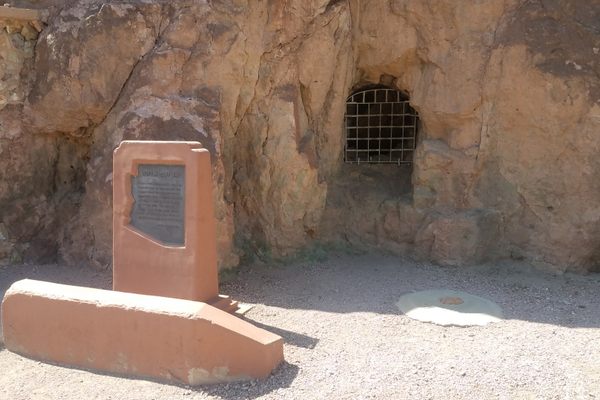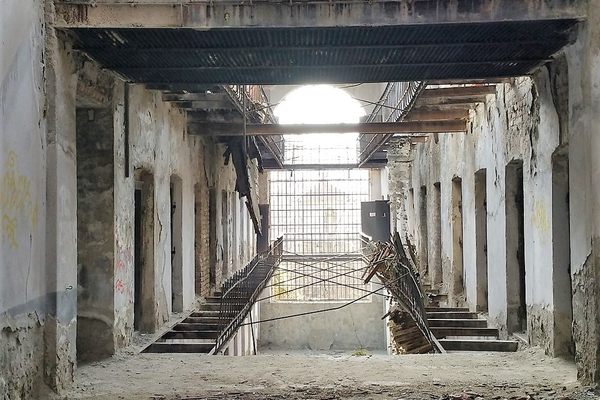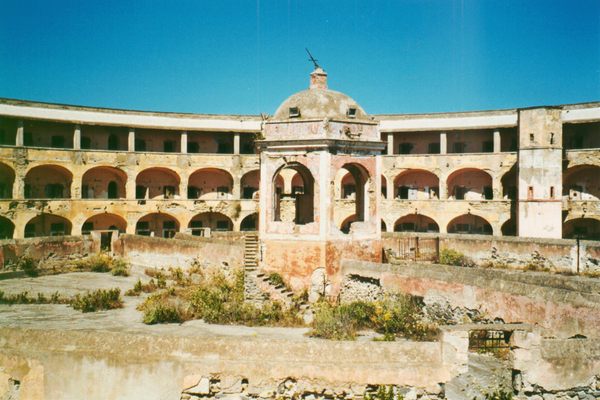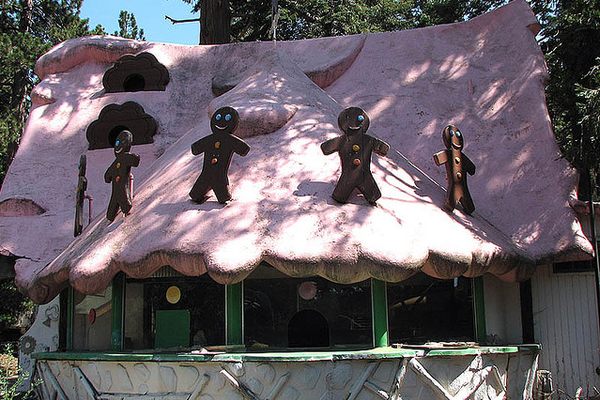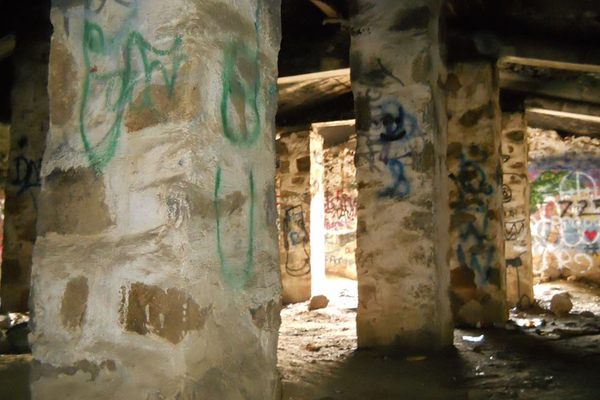About
When you first drive by this ominous building sitting in a field visible from the freeway, it appears to be out of place.
Obviously abandoned, as evidenced by the vegetation emerging from the busted out windows and water stains creeping down the facade, it seems too large and in too central of an area to just be forgotten for so long. It appears that the field it sits in is cared for, yet the structure remains untouched, and there is no signage or indication as to what purpose it used to serve. An irresistible beacon to the curious urban explorer, closer examination reveals a series of increasingly threatening “No Trespassing” signs leading to the mystery building. Was it a hospital? A mental hospital? A haunted mental hospital for the criminally insane? A little digging and some chatty locals will uncover its history, while not a haunted mental hospital for the criminally insane (darn it), it does have an intriguing past, once serving as a high-security women's penitentiary.
Renz Women's Penitentiary opened up in 1926, and operated as a prison farm, where inmates would raise chickens and grow produce. It was a medium-sized facility that held around 500-550 female offenders, and was built right in the floodplain of the Missouri River. In the “Great Flood of 1993”, when the Missouri and Mississippi Rivers both rose to devastating heights, 20 ft. above flood stage in some places the prison was a causality in the disaster that caused $15 billion in damages throughout the Midwest.
As the river slowly rose, the Missouri Department of Corrections began moving critical equipment out of the prison, and then finally when the waters showed no sign of relenting, they conducted a peaceful and injury-free 2-day evacuation of the prisoners to other nearby facilities. Once the inmates were all safely relocated, staff went back to the prison with boats and moved as much furniture and equipment as possible to the 2nd and 3rd stories of the building, hoping that once the water level receded they could salvage what was left and restore the structure. The murky depths of the Missouri had other ideas, and didn't stop until it had crested at 38.6 feet, and then took it's sweet time to recede. By the time it was finished, it had flattened the 32-foot levy protecting the prison, rendered the building completely incapacitated, and left a new 15 ft. deep, 15-acre wide lake as a parting gift.
Stories of the buildings accessibility and safety are mixed. Some say they have entered easily, others say there are locks and guards. One substantiated rumor is that SWAT teams and possibly the military use the area to practice tactical maneuvers and Close Quarter Combat training, so breaking in is ill-advised, despite the temptation.
Related Tags
Know Before You Go
When I went through the Highway Patrol training, we went during the afternoon in August. So if you don't want to run into a couple dozen recruits and instructors, I'd go during the evening or at night. I don't know when SWAT teams train there, however, I do know that a lot of active shooter training occurs at night, so be careful! The Missouri State Highway Patrol uses the facility as training for recruits and SWAT teams. The canisters that litter the area are from recruits learning to fire tear gas grenades. On the interior, instructors will fill entire rooms with tear gas and recruits will walk through in gas masks to learn how to stay calm while in an area where the gas is deployed. If you do go inside and start to feel your lungs or skin burn, you may want to exit and get some fresh air.
Community Contributors
Added By
Published
February 9, 2012



















